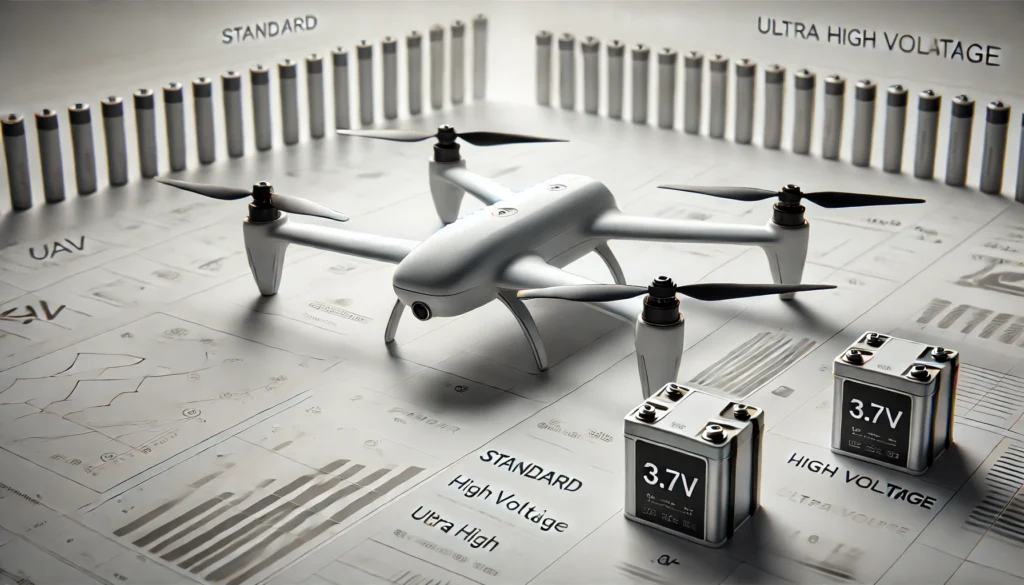Introduction
Lithium batteries are produced in the form of single cells. Multiple cells should be connected to each other in series or parallel to form a pack of batteries (also semi solid state or solid state batteries) with the desired capacity and voltage output. For example, connecting three cells of a lithium battery in series to each other forms a 3S lithium battery.
When talking about a lithium pack battery, we should talk a little more accurately as there are different models including LiFe, LiPo, and Li-ion. Solid-state Lithium batteries is also another type. Each types has its own characteristics which means the voltage level that they are charged to is different. As an example, a typical 3S LiPo battery should be charged up to 12.6v. So if you want to know more about what voltage to charge 3s lithium battery read the rest of this article.
Table of Contents

Different models of lithium batteries
There are three main different models of lithium batteries including Lithium Iron Phosphate (LiFePO₄ or LiFe), Lithium Polymer (LiPo), and Lithium-Ion (Li-ion) batteries. LiFePO₄ batteries are a little safer and more stable than the other two, and less prone to fire hazards. However, LiFePO₄ batteries have a lower energy density, but a higher cycle life (more than 2000 charge/discharge cycles, compared to 500 for the other two).
More importantly, the nominal voltage and fully charged voltage of these models is also different. LiFePO₄ (LiFe) models have per cell nominal voltage of 3.2v, and pe cell fully charged voltage of 3.6v. These numbers are 3.7v and 4.2v respectively for the LiPo and Li-ion models. Consequently, the fully charged voltage of a LiFePO₄ (LiFe) battery is 3 x 3.6v = 10.8v, and the fully charged voltage of a LiPo or Li-ion battery is 3 x 4.2v = 12.6v. And they should be only charged up to that voltage. Charging the batteries more than their fully charged voltage has the risk of overheating and fire.
High voltage and ultra high voltage Lithium batteries
High-voltage and ultra-high voltage semi solid-state or solid state lithium batteries have a higher energy density compared to normal solid-state lithium batteries and operate at a slightly higher voltage level. The nominal cell voltage of a high voltage battery reaches 3.8v, while it will reach to 3.95v/cell for ultra-high voltage models. Their fully charged voltage will be 4.35v/cell and 4.45v/cell respectively. Therefore, 3S high-voltage and 3S ultra-high voltage batteries should be charged up to 3 x 4.35v = 13.05v and 3 x 4.45v = 13.35v respectively.
It is important to make sure that the charger that is used for charging these models supports high-voltage charging. Otherwise, they will not be charged up to their maximum available voltage and all of their capacity will not be used.




